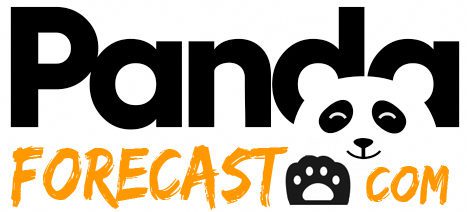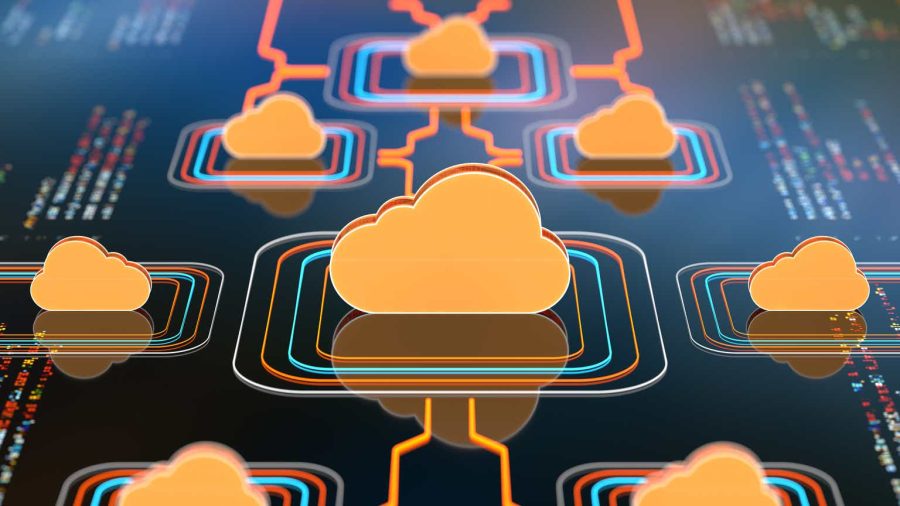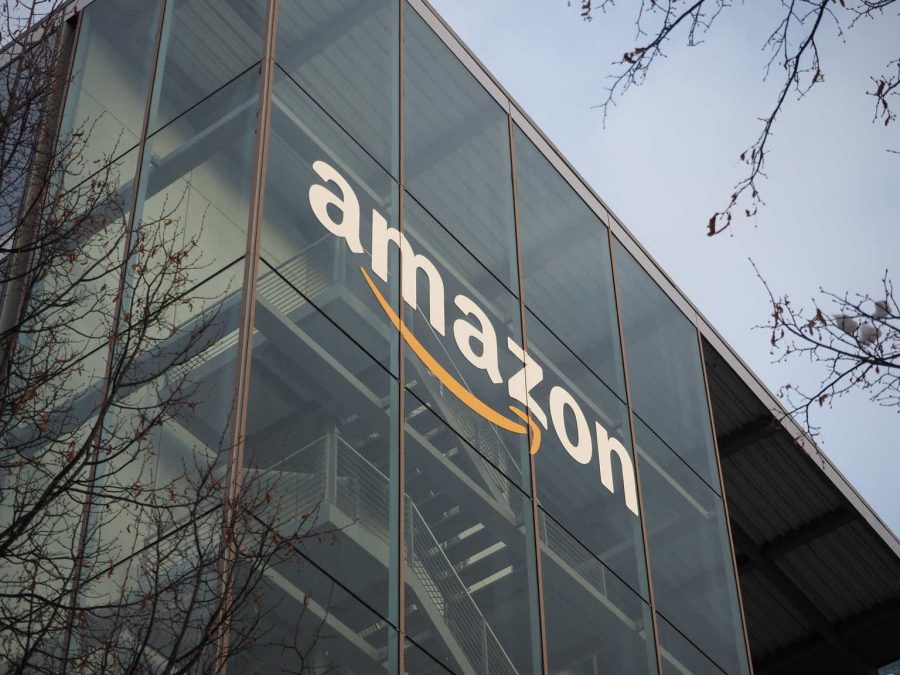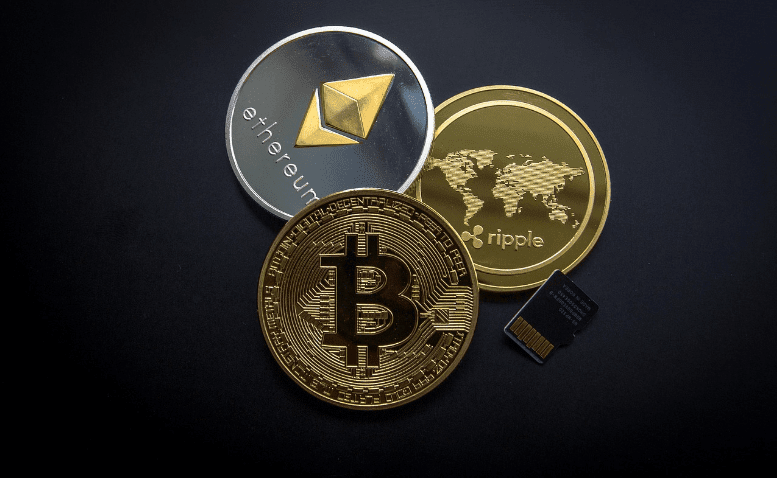June 28, 2024 PCE Inflation Trends: Insights On Consumer Price Index
Apple: No Longer A Growth Story
Tesla Stock: Stay Away From It
Nvidia: Data Center Dominance Has Only Just Begun
April 23, 2024 Maximizing Profits: When is the Right Time to Sell Your Business?
April 12, 2024 Improve Your Financial Status: A How-To Guide
April 12, 2024 How ZIM Integrated Container Tracking is Revolutionizing Global Trade
March 15, 2024 6 Best Growth Stocks To Buy Now According to Metatrader 5
PCE Inflation Trends: Insights On Consumer Price Index
June 28, 2024

The U.S. Department of Commerce recently shared inflation data, focusing on the core PCE index for May. This post provides insights into PCE inflation trends and compares them with the CPI to help you understand where prices are heading. Stay informed on what this means for your investments.
Key Takeaways
- The Department of Commerce will release the personal income and outlays report for May, showing spending and price trends. It’s important for investors because it shows where inflation is.
- Core PCE data for April showed a 0.2% increase from the previous month and a 2.8% rise from last year. In May, it’s expected to show a smaller increase of 0.1% from April to May, with a yearly rise of 2.6%. This suggests inflation might be slowing down.
- Core PCE is different from CPI because it does not count food and energy prices, which can change a lot and make inflation seem higher or lower than it really is.
- If core PCE numbers keep going down toward the Federal Reserve’s target of 2%, this could lead to lower interest rates. Lower rates make borrowing cheaper, encouraging people and businesses to spend more.
- Inflation was a big topic in recent presidential debates, with candidates discussing how taxes, trade policies, and national debt can affect prices. Voters are very concerned about how rising costs impact their lives and jobs.
PCE Inflation Trends: Insights On Consumer Price Index

The U.S. Department of Commerce shared a report on how prices are changing in May, showing us the cost of goods and services. This report included core PCE data for April and May, offering clues on how inflation is moving compared to the consumer price index.
U.S. Department of Commerce report for May
The Department of Commerce will share the personal income and outlays report for May, focusing on the core personal consumption expenditures index. This data shows how much people are spending and how prices are moving.
For investors, this information is key because it helps them see where inflation stands.
In April and May, experts closely watch these numbers to understand trends in consumer prices apart from food and energy. These core PCE figures can give us a clearer view of inflation’s direction, which influences decisions on interest rates by institutions like the Federal Reserve.
Knowing these details allows investors to make better plans for their investments as they have clear evidence of spending behaviors and price changes during these months.
Core PCE data for April and May
Investors closely monitor the core PCE data as it provides insights into inflationary trends, influencing market strategies. Here’s an overview of the core PCE inflation rates for April and May:
| Month | Core PCE Month-over-Month Increase | Core PCE Year-over-Year Increase |
|---|---|---|
| April | 0.2% | 2.8% |
| May | 0.1% | 2.6% |
Disinflation resumed in April, leading to modest expectations for May’s core PCE, which is predicted to show a 0.1% month-over-month increase and a 2.6% year-over-year rise. This trend signifies a slight deceleration in inflation, crucial for investor decision-making.
Next, we’ll explore expectations for future core PCE changes.
Comparison with CPI
The comparison between Core PCE and CPI is critical for investors understanding inflation trends. The Federal Reserve gives more weight to Core PCE as it reflects true inflation trends by excluding volatile food and energy sectors. In contrast, CPI includes all categories, making it sensitive to short-term price changes in these volatile sectors.
| Aspect | Core PCE | CPI |
|---|---|---|
| Focus | Excludes food and energy | Includes all categories |
| Preferred by | Federal Reserve | General Public Use |
| Reflects | Underlying inflation trends | Overall price changes |
Core PCE provides a clearer view of inflation trends without the noise from food and energy prices. This precision helps the Federal Reserve in policy making. Investors should consider this distinction for informed decisions.
Expectations for Core PCE

People watch Core PCE to guess if prices will go up or down. Reports show how much things cost now compared to before, helping folks predict future changes.
Month-over-month and year-over-year changes
Core PCE, a critical measure watched by investors for gauging inflation trends, is showing a slowdown in its rate of increase. Here are the precise changes expected for May, contrasted with April’s performance and the year-over-year trend:
| Period | Change |
|---|---|
| Month-over-month (April to May) | From 0.2% to 0.1% |
| Year-over-year (May) | From 2.8% to 2.6% |
These figures suggest a slight deceleration in price pressures, based on Core PCE. Investors monitor these trends closely as they signal potential shifts in consumer spending, the health of the economy, and the direction of Federal Reserve policies. The month-over-month reduction from 0.2% to 0.1% in May, following April’s trend, underscores this cooling effect. Moreover, the year-over-year change from a 2.8% increase to 2.6% further highlights a subtle yet notable moderation in inflationary pressures. These indicators are essential for investment decisions, providing a clearer view of the economic landscape.
Impact on Federal Reserve Policy
Changes in Core PCE impact what the Federal Reserve does. If Core PCE shows inflation is high, the Federal Reserve might raise interest rates to cool it down.
Potential interest rate cut
If inflation keeps dropping and shows it can stay close to the Fed’s goal of 2%, this could lead to a cut in interest rates. Proven drops in inflation numbers make policymakers more sure they are on the right track.
Such a move would change Federal Reserve policy. It tells investors and markets that costs to borrow money might get lower, making it cheaper for people and companies to spend more.
This plays a big role in how the economy does overall. Next, we’ll discuss why additional data is crucial before any decisions are made by the Federal Reserve.
Need for more data
The Federal Reserve decides on interest rates based on data trends. Fed officials are clear: they need more months of data for a sure path of inflation. With current trends, this means closely watching the core PCE price index and comparing it with other indicators like the CPI report.
Investors should note that decisions from the Federal Reserve, such as potential rate cuts, hinge on upcoming reports about inflation by month and year over year changes. This focus ensures that each update on inflation or a new release of the Personal Consumption Expenditures Price Index could shift market expectations swiftly.
Inflation in the Political Landscape

Inflation became a hot topic in the recent presidential debate. Voters show big worries about how it affects the economy.
Discussion in recent presidential debate
Presidential candidates recently debated key issues that affect the U.S. economy, including tariffs, national debt, immigration, and tax legislation. They linked these topics directly to rising prices and inflation trends.
Voters listened as the debate highlighted how policies on trade and taxes can push prices up or down. This discussion brought attention to how economic strategies impact everyday costs for Americans.
Candidates used this platform to address voter concerns about the economy’s direction. By focusing on specific actions like adjusting tariffs or reforming tax laws, they aimed to show their plans for controlling inflation and keeping living costs manageable for citizens.
The debate made clear that economic health remains a top priority for voters as they consider which candidate can best manage inflationary pressures while promoting growth.
Voter concerns about the economy
The debate moved from politics to what really matters to people: the economy. They see it as their number one issue. Prices go up, making life hard for everyone. Families have less money to spend on things they need.
People are worried about finding and keeping good jobs. They talk about how much things cost—from food to houses—and if they can pay their bills.
The economy always becomes the center of attention because it touches everyone’s life.
Conclusion
PCE inflation data shows trends that investors watch closely. May’s core personal consumption expenditures index points to a slow but steady move toward the Federal Reserve’s target.
This shift could lead to lower interest rates, affecting market strategies. Discussions on inflation impact voting behaviors and shape economic policies. Investors must track these changes to make informed decisions.
FAQs
1. What is the PCE inflation index and how does it relate to the consumer price index?
The PCE inflation index, or Personal Consumption Expenditures, is a measure of price changes in consumer goods and services. It’s similar to the Consumer Price Index (CPI), but includes more comprehensive data on what consumers are spending money on.
2. How do current inflation trends affect year over year inflation rates?
Inflation trends can significantly impact year-over-year rates by showing how prices have increased or decreased over time. For example, if there’s an upward trend in core PCE numbers for 2022, that could suggest higher year-over-year inflation.
3. Can you explain the difference between CPI Inflation and Core PCE Inflation Data?
While both CPI Inflation and Core PCE Inflation Data measure price changes in goods and services, they differ in their coverage. The former focuses mainly on urban consumers while the latter takes into account all personal consumption expenditures including rural areas.
4. What role does Federal Reserve play with regards to inflation?
The Federal Reserve uses monetary policy tools like federal-funds rate adjustments to manage inflation levels towards their target rate which aims at achieving full employment and price stability.
5. How might market conditions influence future predictions of core PCE prices for 2023?
Market conditions such as GDP growth rates, unemployment figures, fluctuations in US dollar value, bearish or bullish investment management strategies among others could potentially impact future projections of core PCE prices for 2023.
6. Where can I find reliable updates about CPI Index May or other month-specific information about market and inflation trends?
Financial news outlets often provide up-to-date information about market trends including monthly updates on indices like the CPI Index May report as well as insights from economists regarding potential risks related to these data.














